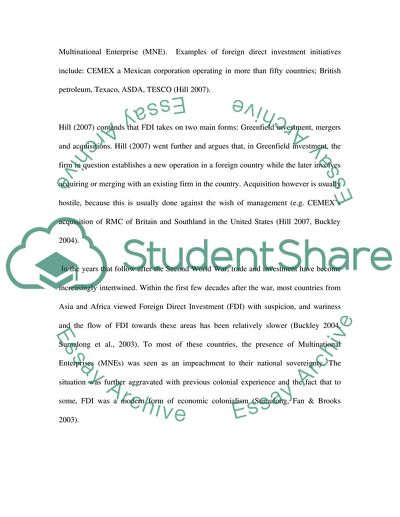Cite this document
(“Economics Essay Example | Topics and Well Written Essays - 4000 words - 1”, n.d.)
Economics Essay Example | Topics and Well Written Essays - 4000 words - 1. Retrieved from https://studentshare.org/miscellaneous/1546308-economics
Economics Essay Example | Topics and Well Written Essays - 4000 words - 1. Retrieved from https://studentshare.org/miscellaneous/1546308-economics
(Economics Essay Example | Topics and Well Written Essays - 4000 Words - 1)
Economics Essay Example | Topics and Well Written Essays - 4000 Words - 1. https://studentshare.org/miscellaneous/1546308-economics.
Economics Essay Example | Topics and Well Written Essays - 4000 Words - 1. https://studentshare.org/miscellaneous/1546308-economics.
“Economics Essay Example | Topics and Well Written Essays - 4000 Words - 1”, n.d. https://studentshare.org/miscellaneous/1546308-economics.


